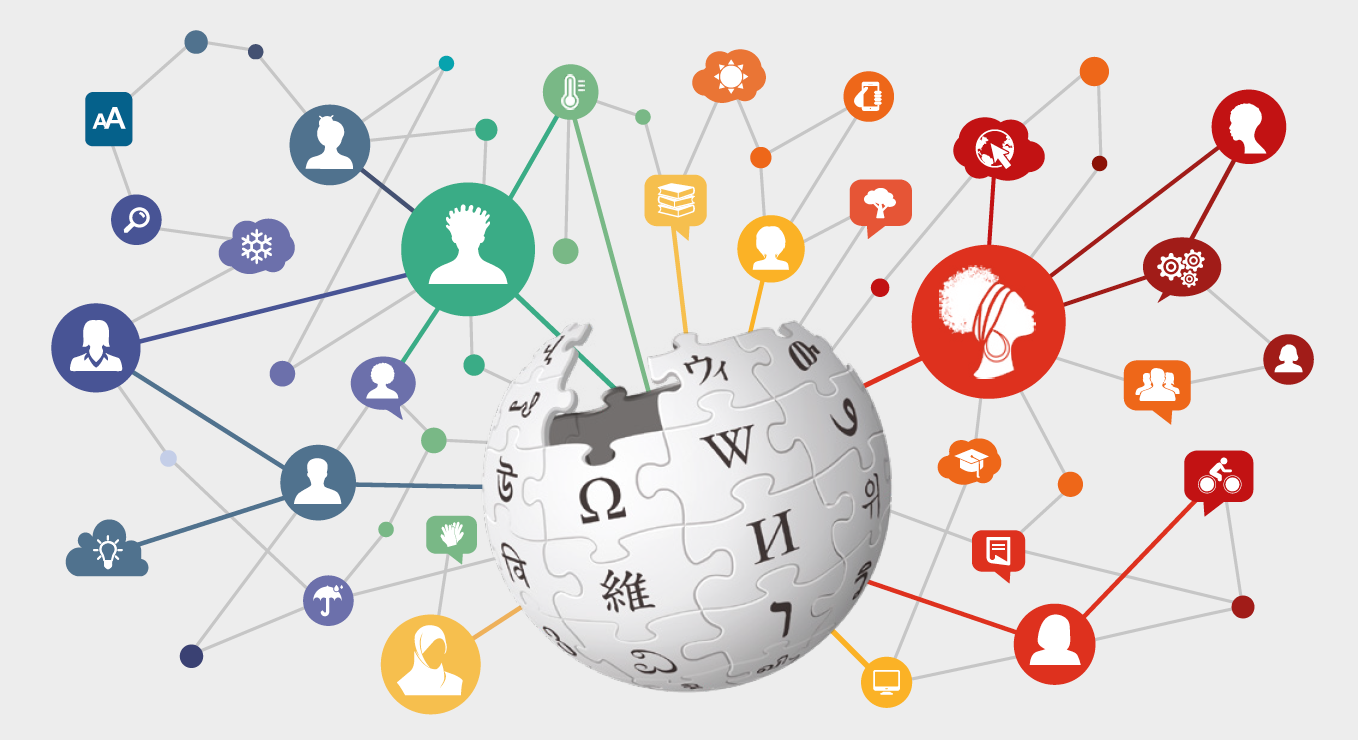How to contribute climate change information to Wikipedia: A guide for researchers, practitioners and communicators

- Level: Introductory
- Time commitment: 2 hours
- Learning product: Guidance
- Sector: Multi-sector
- Language: English
- Certificate available: no
Introduction
Wikipedia is a powerful platform to make climate change information accessible to all. However, people working in the climate change field often overlook Wikipedia as an outreach channel. Researchers typically focus on academic journals, and practitioners often communicate through specialist knowledge portals, publications and mailing lists. However, with more than20 billion pageviews every month and as one of themost visited websites on the internet, Wikipedia has significantly more reach and impact than any other climate change website or online knowledge portal. Wikipedia can be used to communicate information to a wider and more diverse audience. A new guide for climate change professionals provides guidance on how to contribute climate change information to Wikipedia.
The guide shows that once you are familiar with the Wikipedia style and editing norms, it is relatively easy to contribute. We outline why, in an era of fake news, Wikipedia is a powerful vehicle for sharing more robust, verified climate change information, and making climate knowledge and the latest scientific findings more freely available to the public. We highlight the significant challenges Wikipedia faces in ensuring diversity both in terms of editors and contributions – with a notable lack of women editors and editors from the Global South. We advocate that more female editors and editors from developing countries are critical to make Wikipedia’s information more relevant, localised and representative of the ‘sum of human knowledge’.
Institutional background and trainer
This guide has been written by communications and knowledge management specialists from the Climate and Development Knowledge Network (CDKN); the Coordination, Capacity Development and Knowledge Exchange (CCKE) unit of the Future Climate for Africa (FCFA) programme; as well as Kulima Integrated Development Solutions.
Who would find it useful?
The guide is intended for:
- researchers,
- practitioners,
- communicators,
- and any others with access to climate change information who would like to share it more widely with the world.
Training material
The guide contains the following chapters:
- Why Wikipedia is an important tool to communicate climate change information
- Why researchers and specialists should use Wikipedia to boost the impact of their work
- The climate change information that already exists on the platform, as well as gaps and opportunities for sharing new content
- How Wikipedia ensures its content is reliable and trustworthy
- Simple explanations of how Wikipedia works
- Step-by-step guidance on how to get started with editing and creating articles
- How to get involved with the Wikipedia editing community
- How to organise your own online or face-to-face Wikipedia ‘edit-a-thon’ (Edit-a-thons are where a group of people come together, in person or virtually, to edit Wikipedia on a particular topic and can be a good way to improve the quality of information and encourage people to become long-term contributors.)
Learning outcomes
Readers of the guide will learn:
- How to edit Wikipedia
- How to get involved in the broader Wikipedia community of climate change editors
- How to use Wikipedia to share climate change information with others around the world
- How to organise their own ‘Wikipedia ‘edit-a-thon’
Suggested citation
Baker, E., McNamara, L., Mackay, B., and Vincent, K. (2020). How to contribute climate change information to Wikipedia: A guide for researchers, practitioners and communicators. Cape Town: Climate and Development Knowledge Network and Future Climate for Africa.
(0) Comments
There is no content